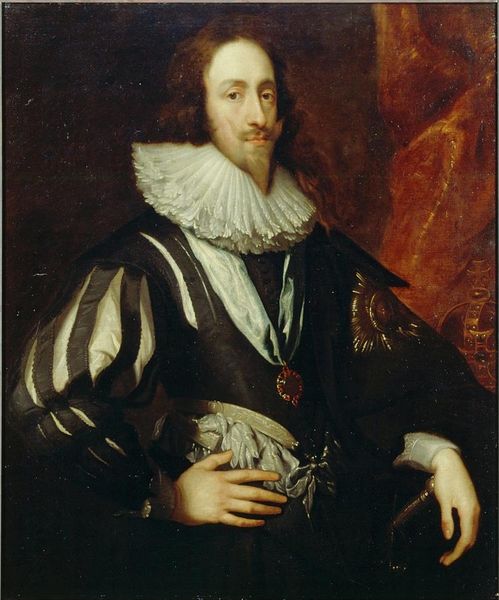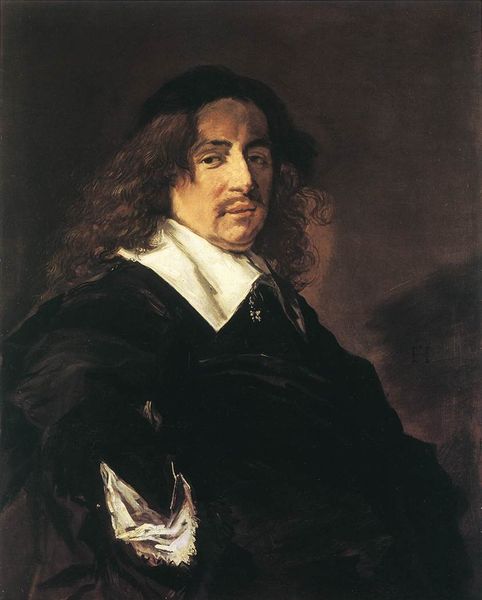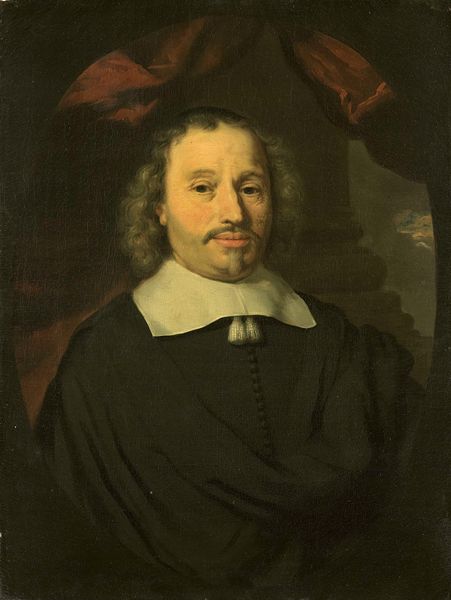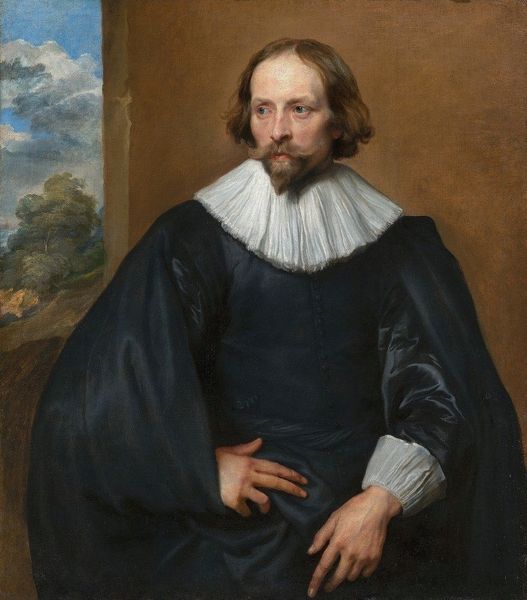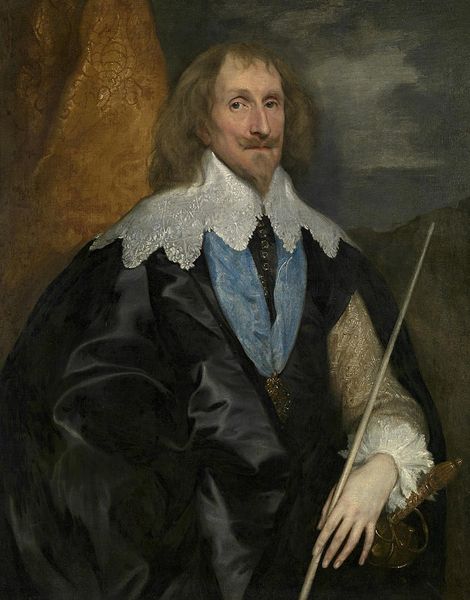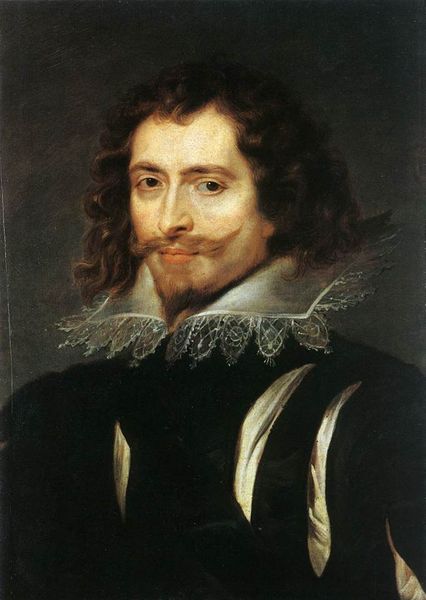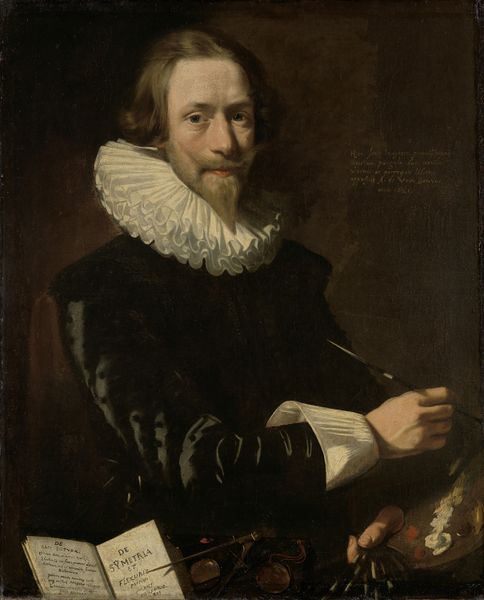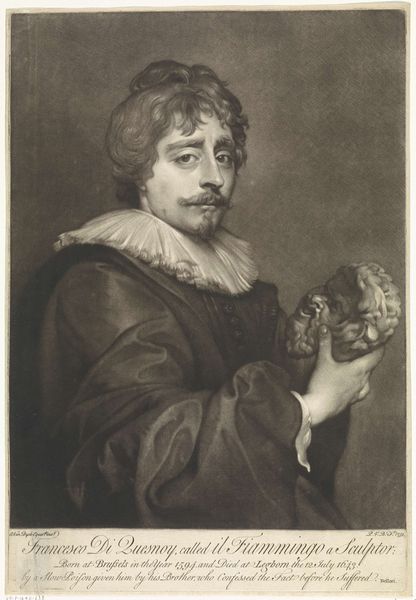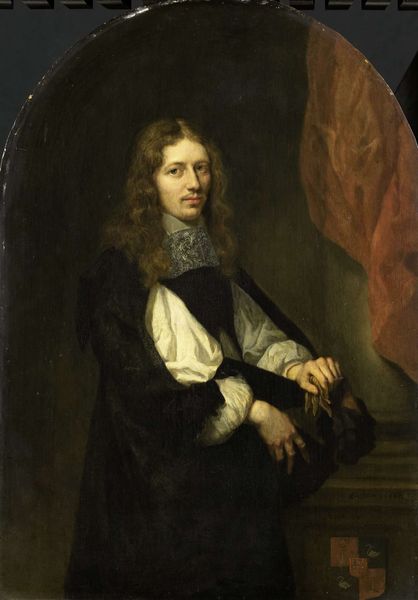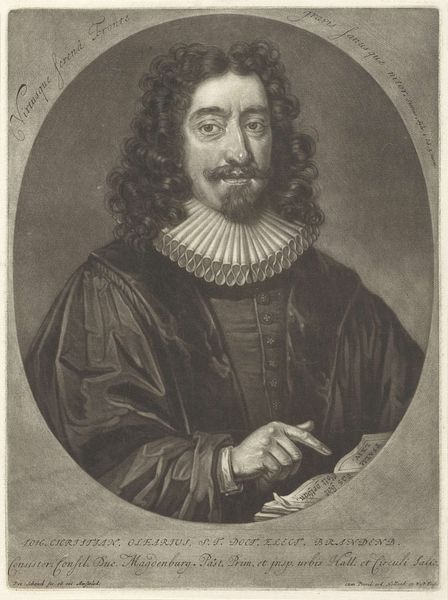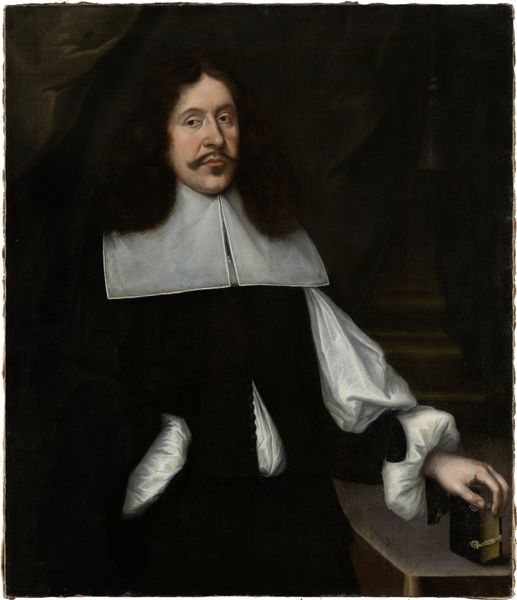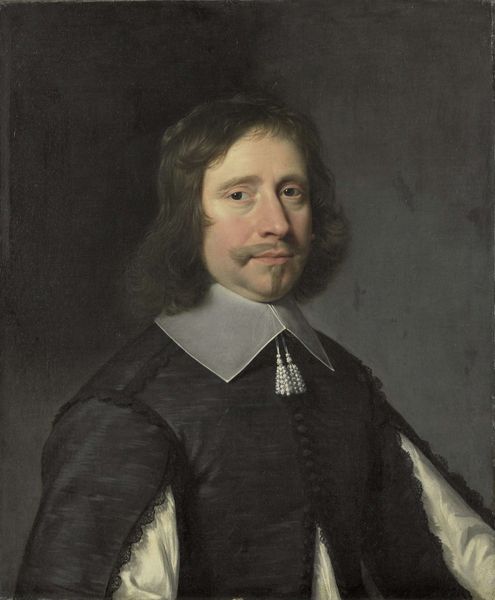
painting, oil-paint
#
portrait
#
baroque
#
painting
#
oil-paint
#
figuration
#
history-painting
#
realism
Dimensions: 61 x 71 cm
Copyright: Public domain
Editor: Here we have Anthony van Dyck’s "Portrait of Sir Thomas Chaloner" from around 1620. It’s striking how much the dark clothing contrasts with the intricate white lace collar. What’s your perspective on this painting? Curator: Van Dyck, as always, understands the semiotics of presentation. The dark cloak speaks of gravity, formality; however, the detail on the rapier—the symbol of his class and probably profession—takes center stage as much as Sir Thomas himself. Look how it almost dances in his hand, doesn't it? Editor: It does have a prominent place, almost like an extension of himself. What would the significance of pointing with the rapier be? Curator: Well, in that period, to bear arms meant holding power, both real and symbolic. Pointing, the very act, underscores agency, a claiming of territory, influence, perhaps even judgment. We should think of how symbols accrue meaning. Did Sir Thomas choose this pose himself, or was it the artist's choice? The symbols of hierarchy would have been on their minds. Editor: It's fascinating how that simple gesture speaks volumes about power dynamics. I initially only saw a straightforward portrait, but now it feels richer in context and purpose. Curator: Exactly! This single image tells a compelling narrative beyond its surface, embedded in cultural and psychological cues accessible even to us now. The art of seeing involves unveiling layers and recognizing echoes through time. What will you see in the next work, I wonder?
Comments
No comments
Be the first to comment and join the conversation on the ultimate creative platform.
